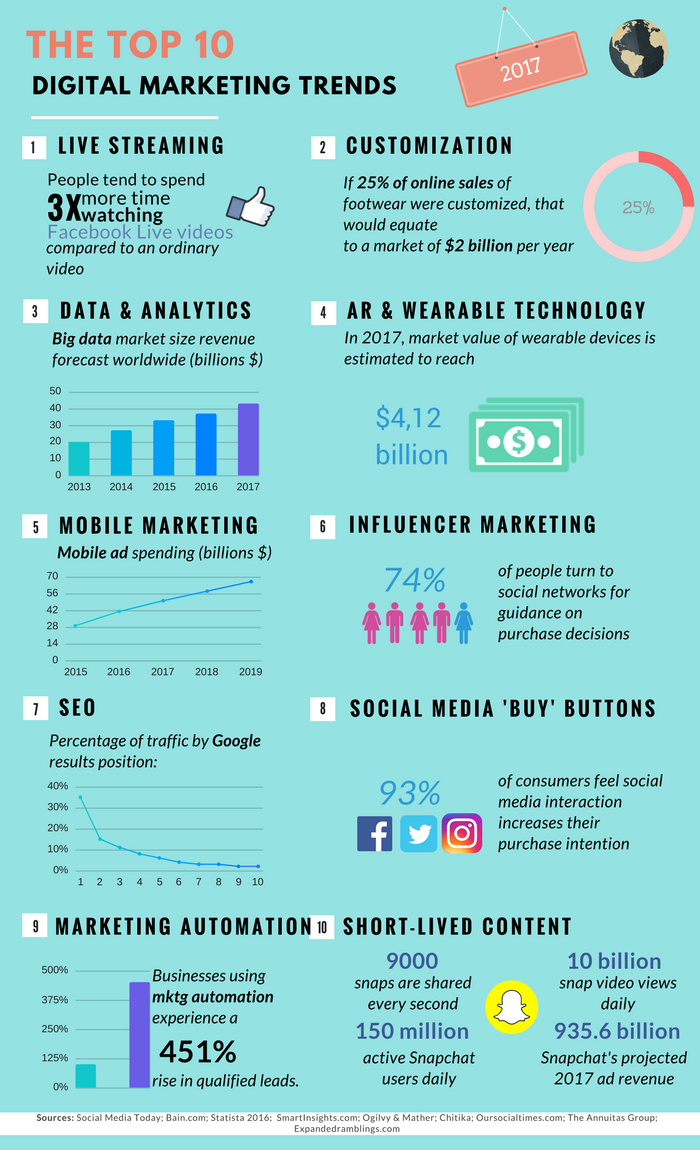Yearning To Unveil The Transformative Journey Of Pediatric Dental Care With Time, Finding The Unimaginable Technologies That Shape The Future Of Kids'S Dental Health
Yearning To Unveil The Transformative Journey Of Pediatric Dental Care With Time, Finding The Unimaginable Technologies That Shape The Future Of Kids'S Dental Health
Blog Article
Short Article Written By-Pilgaard Josefsen
As you discover the complex trip of pediatric dentistry, mapping its advancement from the past to the present and glimpsing right into the future, you'll uncover a tapestry woven with technology and treatment. From historic milestones to existing patterns and future opportunities, the landscape of pediatric dental care is ever-changing and full of potential. All set to reveal the secrets of exactly how this field remains to adjust and prosper, guaranteeing brighter smiles for generations ahead?
Historical Turning Points in Pediatric Dentistry
Throughout background, pediatric dentistry has seen substantial improvements and landmarks that have shaped the area right into what it's today. One critical milestone was the establishment of the first oral university in 1840, where dentistry began to be recognized as a specialized area needing particular understanding and abilities. As the area evolved, the very early 20th century saw the introduction of oral X-rays, reinventing diagnostics and treatment preparation for pediatric patients. Furthermore, the advancement of fluoride therapies in the mid-20th century substantially enhanced preventative care and decreased the prevalence of dental caries in children.
An additional turning point in pediatric dentistry was the production of the American Academy of Pediatric Dentistry in 1947, which aimed to promote optimal dental health for youngsters. This organization played a crucial duty in establishing criteria for pediatric oral care and advancing research in the field. dentaist laid the foundation for modern-day pediatric dental care, emphasizing the value of specialized look after kids's dental health.
Current Trends in Pediatric Dental Care
Incorporating innovative modern technology and individualized preventative techniques, modern pediatric oral care remains to adapt to the evolving requirements of young patients.
The adhering to fads showcase the present landscape of pediatric oral care:
1. ** Digital Dental care **: Digital impressions, 3D imaging, and CAD/CAM innovation are revolutionizing the way pediatric dentists detect and deal with dental wellness concerns in kids. These improvements enhance precision, performance, and client convenience during oral procedures.
2. ** Tele-Dentistry **: With the increase of telemedicine, tele-dentistry has actually become a hassle-free means for pediatric dental experts to provide assessments, follow-ups, and also certain therapies remotely. dental inlays and onlays market to care, specifically for clients in rural or underserved areas.
3. ** Preventive Emphasis **: Pediatric dentistry currently places a more powerful focus on preventive measures such as sealers, fluoride therapies, and very early orthodontic treatments. By promoting excellent dental hygiene habits and regular dental sees from a young age, practitioners intend to stop dental concerns prior to they escalate.
Future Technologies in Pediatric Dental Care
Looking ahead, pediatric dentistry is positioned to introduce innovative innovations and innovative methods to better enhance the oral health care of young clients.
simply click the following page on the horizon is using 3D printing in developing custom-made oral devices like braces and mouthguards, using an extra exact and comfy fit for children.
Additionally, virtual reality (VIRTUAL REALITY) modern technology is being explored to help reduce oral anxiety in young patients by giving immersive diversions throughout treatments.
Nanotechnology is another area of interest, with the possible to develop nanomaterials that can remineralize teeth and avoid dental caries more effectively.
foods good for teeth -dentistry is also getting traction, permitting remote consultations and tracking, which can specifically profit kids in country or underserved locations.
Furthermore, genetic screening might quickly contribute in personalized preventative treatment, recognizing children's predispositions to certain dental health problems.
These innovations represent an exciting future for pediatric dentistry, assuring boosted end results and experiences for the youngest oral patients.
Conclusion
As you review the evolution of pediatric dental care, bear in mind that improvements in modern technology and customized care remain to form the area.
Imagine a child called Emily, who took advantage of a 3D printed oral home appliance that flawlessly fit her special needs, guaranteeing her convenience and oral health.
The future of pediatric dentistry holds amazing opportunities, supplying cutting-edge services to enhance the dental experiences of young people like Emily.
